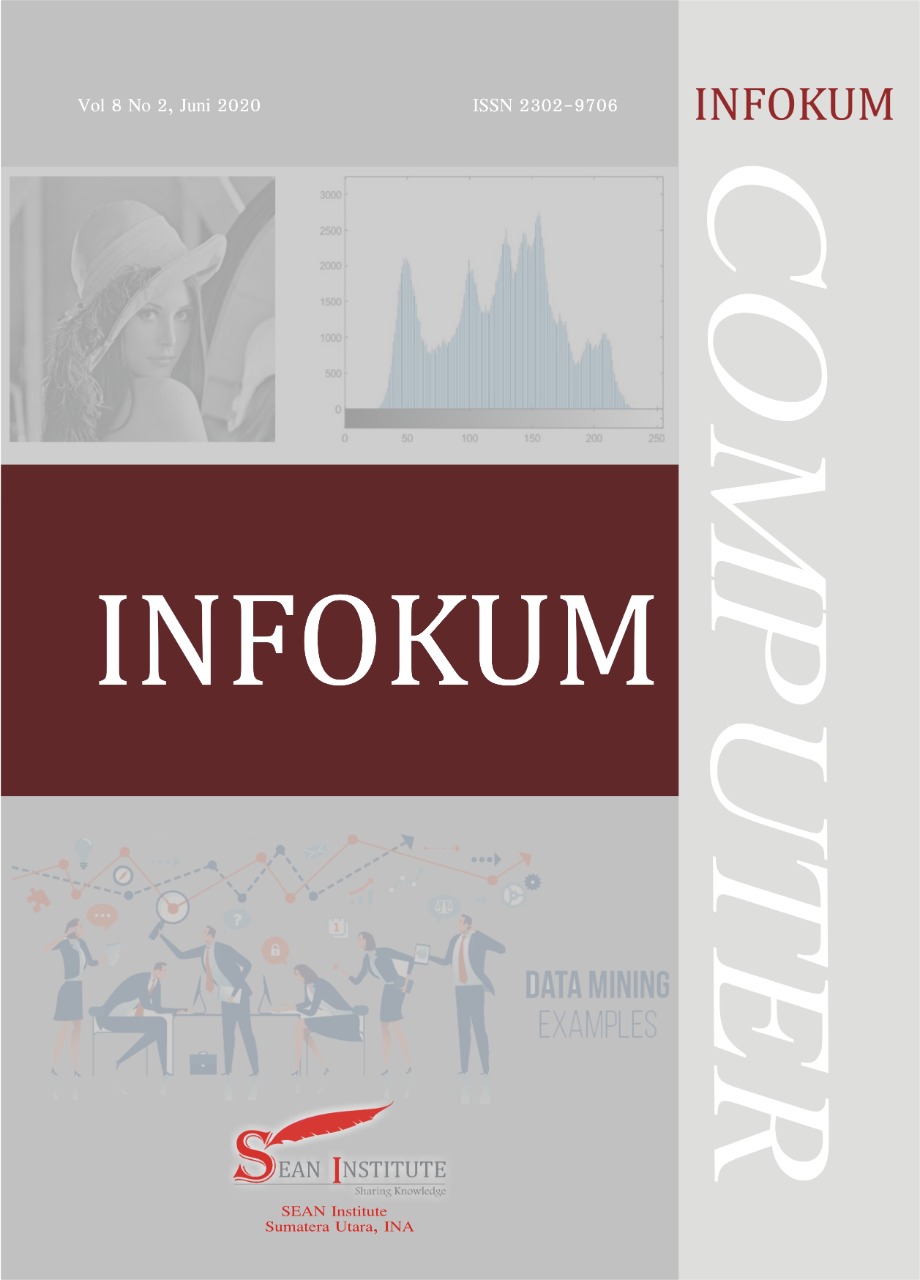Analysis of Frequency and Voltage Stabilization Control in Low-Inertia Power Systems Using a Boost Converter
Abstract
Low-inertia power systems, especially those based on renewable energy sources such as solar and wind, face major challenges in maintaining frequency and voltage stability. The absence of mechanical inertia in these systems, which is usually available in synchronous generators, makes the system more vulnerable to load changes or network disturbances. Therefore, an effective control method is needed to maintain such stability. This study analysed the frequency and voltage stability control of low-inertia power systems using a Boost Converter. A Boost Converter is used to regulate and stabilize the output voltage of a fluctuating power source, such as a solar panel, by increasing the unstable input voltage. Meanwhile, a frequency control method such as is implemented to imitate mechanical inertia, thus maintaining the frequency at a desired value. The results show that the use of a Boost Converter effectively improves voltage stability, while a VSG-based frequency control strategy successfully imitates the inertia response of a synchronous generator, maintaining a stable frequency despite the system having low inertia. Thus, the combination of these two methods can improve the reliability of low-inertia power systems, especially in applications utilizing renewable energy sources.
Downloads
References
2. Febrina, Dewi Cahya, Final Project, “The Effect of Temperature on Breakdown Voltage and Working Life of Various Types of Transformer Oil at PT.PLN (Persero) P3B JB APP - Surabaya”, Power System Engineering Study Field, Electrical Engineering Department, ITS, 2016.
3. Chapman, Stephen. J., “Electric Machinary Fundamentals: Fourth Edition”, McGraw-Hill Education, New York, Ch. 2, 2005.
4. olikhudin, M., “Study of Interbus Transformer (IBT-1) 500/150 kV Disturbance in Gitet 500 kV Kembangan – West Jakarta”, Thesis, Faculty of Engineering, Postgraduate Program, Department of Electrical Engineering, UI, Chapter 2, 2010.
5. Arismunandar, Artono, “High Voltage Technique Supplement”, Jakarta: Ghalia Indonesia, 1983.
6. Arigayota, Abdul Rahman, “Monitoring Transformer Oil Quality”. Technology and Energy Vol.2 No.4: Page 392, October 2012.
7. F. Husnayain, M. Latif, O, and I. Garniwa, "Transformer Oil Lifetime Prediction Using the Arrhenius Law based on Physical and Electrical Characteristics", IEEE 2015 International Conference on Quality in Research, pp. 115 – 120, Aug, 2015.
8. Yuliastuti, Endah, Morshuis, PHF, and Chen, X, "Analysis of Dielectric Properties Comparison between Mineral Oil and Synthetic Ester Oil", Master Thesis, Delft University of Technology, October 2010.
9. Ginting W.S.B et al (2025). A Study Of Electrical Equipment Life Analysis Influenced By Unbalanced Load Use. INFOKUM, 13(01), 1-8.
10. Hamdani, H., Tharo, Z., Anisah, S., & Lubis, S. A. (2020). Rancang Bangun Inverter Gelombang Sinus Termodifikasi Pada Pembangkit Listrik Tenaga Surya Untuk Rumah Tinggal. In Prosiding Seminar Nasional Teknik UISU (SEMNASTEK) (Vol. 3, No. 1, pp. 156-162).
11. International Electrotechnical Commission. “Mineral insulating oils in electrical equipment – Supervision and maintenance guidance”, IEC 60422 Ed.4 2013-01, Jan 2013.
12. Institute of Electrical and Electronics Engineers. “IEEE Guide for the Statistical Analysis of Thermal Life Test Data”, ANSI/IEEE Std. 101-1987. New York, Dec 2010.
13. Wibawa, P. S., Tarigan, A. S. P., & Aryza, S. (2022). Comparisonal analysis study of power loss at the connection point of pierching connector with line tap connector on 220 V Low voltage network at PT. PLN (Persero) ULP Stabat. INFOKUM, 10(03), 398-404.










